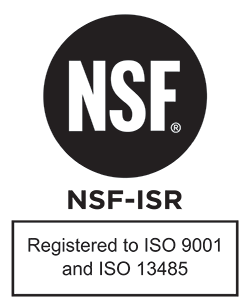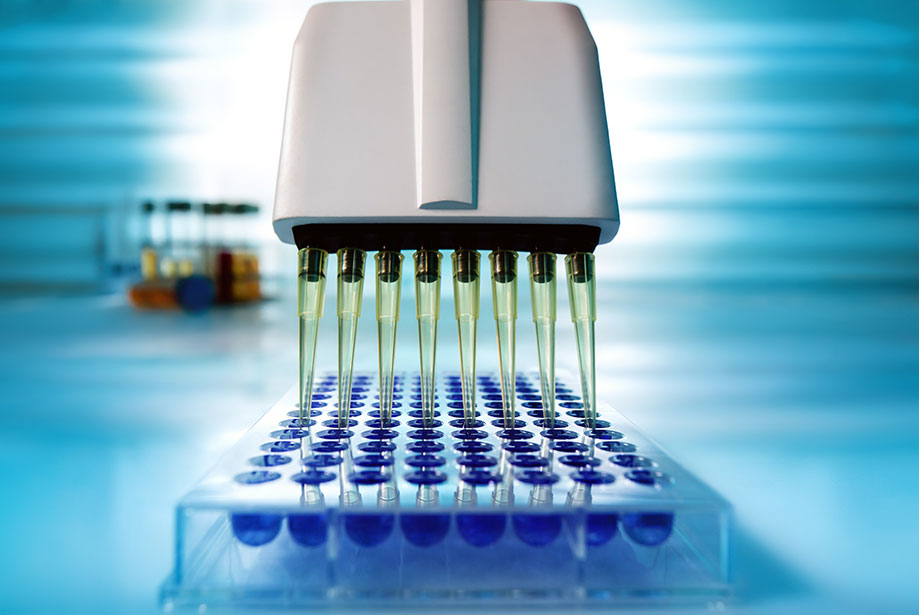- 3 μL or 5 μL per loading for clear visualization during electrophoresis on 15-well or 10-well mini-gel, respectively
- Three color protein standard with 13 prestained proteins
- Apply more for thicker (>1.5 mm) or larger gel
Our Protein ladder is designed for monitoring protein separation during SDS-polyacrylamide gel electrophoresis, verification of Western transfer efficiency on membranes (PVDF, nylon, or nitrocellulose) and for approximating the size of proteins. The ladder is supplied in gel loading buffer and is ready to use. Do not heat, dilute or add reducing agent before loading.
Proteins are covalently coupled with a blue chromophore except for two reference bands (one green and one red band at 25 kDa and 75 kDa respectively) when separated on SDS-PAGE (Trisglycine buffer).





























